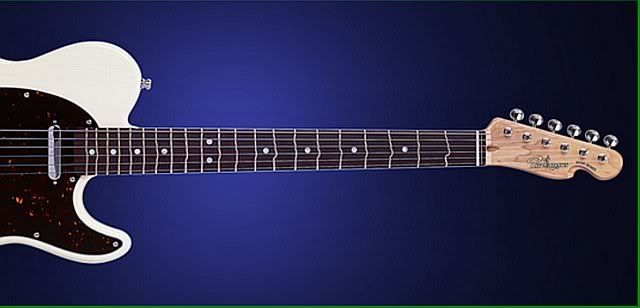spauldingrules
Tele-Holic
Make your B a touch flat - helps me out a lot! At least with chords.
Gee ............. I wonder how they cut these fret slots.
......
Funny about you buying out the UK stock of wound "g's", I bought a wad of them last week, at this rate D'adarios will have to send over more supplies!Being a newbie to Teles - bought mine last week! I have found this thread incredibly helpful. I too noticed the strange predominance and "flatness" of the G string. I took advice from here and swapped to 10s with a wound G and the problem has gone away. These D'Adarios with the wound G are not so easy to get hold of however. I might just have bought the UKs entire stockThanks again guys.
Thare's just one thing though, I feel I'm having to push further to get a full tone bend?
Maybe it's just my imagination though.
I also take notice of some other things that might have an influence here.
For those who hear the G flat when sounding that C chord.....check out the pitch of the fretted notes in that chord. Most people use too much fretting pressure and take those fretted notes sharp....and that will make the G sound flat, right? I give a free lesson on this when I hand back guitars that I know are in tune and also play in tune....and the owner plays something and cacophony ensues. Invariably, they are using incorrect fretting technique....away from the fret and/or too much pressure. It is not an 'opinoin' as to placement of the fretting finger and pressure....it is physics. IF you use too much pressure, the notes will be sharp. IF you play away from the fret, you will have to use too much pressure. Results----bad tone, bad intonation, weak sustain, pain in the finger, arm and hand muscles tensed up preventing relaxed movement....and the sdie of the fretting finger does not feel the fret and location on the fretboard is more 'unknown' and indecisive, imho. Carpal tunnel syndrome is on the way possibly, too.
This is EXACTLY my problem!!
Thank you for explaining it sooo perfectly!
when I fret my fingers are always in the middle of the frets (Like...inbetween the two metal bars) and I always have to press down harder to get my notes to sound cleanly...Thus making my notes play sharp.
How do you get your hand to get closer to the fret without looking at your fretboard and overthinking everything you do? At first I thought that the problem was my new neck and the frets being too high because my old neck didn't have this problem. I could play the old neck in the middle of the frets with a throat-choker grip and everything sounded GREAT! Now this new neck has new frets that are tall and my technique isn't suited to it. I can play without looking at the neck and know where I'm at because I use the sensation of heat on the neck to know where my anchor notes are. (Some people feel the frets, I use bodyheat to locate...guess I'm weird) But I would like my notes to play cleaner without having to choke the neck like I do. I used to be able to play with a light touch with my old neck...this new one makes me fight it.
Darn frets...
And this is the only way to fix it properly:
(link removed)